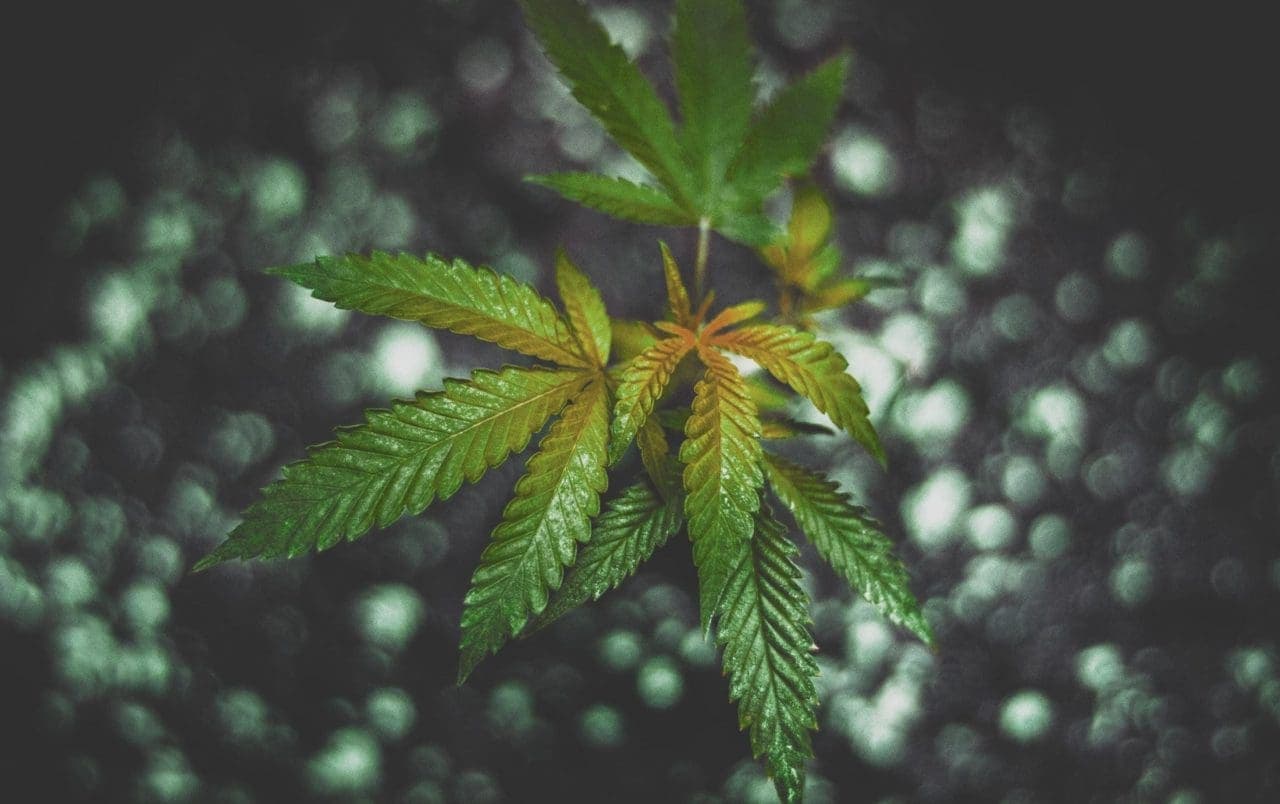What Are Trichomes and What Do They Do?

Article written by

Shanti RyleContent Writer
Content reviewed by

Dr. Gavin MorelandMedical Director
Flower comes in many different shapes, smells, sizes and colors. Still, all buds share something in common: a blanket of crystalline, sticky white glands called trichomes.
Trichomes are tiny, glandular appendages on the surface of cannabis flowers that produce most of the plant’s cannabinoids, terpenes and flavonoids. Trichomes can be found all over the plant, but they appear primarily on the flower and leaves.
Trichomes are sometimes considered the powerhouse – or a “cellular metabolite factory” – of cannabinoid and terpene production. In nature they can provide a first-line of defense against insects, pathogens and environmental stressors. Unlike pathogens, people find cannabis trichomes desirable.
Get your medical marijuana card
What Are Trichomes?
The word “trichome” comes from the Greek word for “growth of hair,” but it is defined today as the delicate appendages on plants, algae and lichens. These tiny growths look like clear mushrooms emerging from the plant’s surface and can be made of hairs, glands, scales and papillae.
Plants produce trichomes for various purposes: some plants (e.g., venus fly traps) use them to catch prey. Other trichomes protect plant cells from harmful UV light.
In cannabis, trichomes serve as a defense mechanism to protect the plant from harm caused by animals, insects and even species of fungi. Trichomes have a bitter taste and pungent aromas, making them a valuable deterrent for hungry animals.
Trichomes produce the majority of cannabinoids and terpenes found in the plant, both of which provide pest and disease protection. The sticky, bulbous glands can trap and hold tiny insects, while terpenes help keep the plant humid while warding off would-be predators.
Cannabinoids synthesize in the trichome just as the plant enters its flowering phase. As cannabis plants begin producing flowers, trichomes develop along the outer surface of the plant and begin to metabolize the precursors for a wide variety of cannabinoids, such as THCA and CBDA.
Types of Trichomes
Bulbous Trichomes
Bulbous trichomes are the tiny, clear glands that evenly proliferate the plant’s surface. These trichomes contribute to the cannabis flower’s crystalline shine and are responsible for much of the bud’s stickiness. Invisible without a microscope, their involvement in synthesizing cannabinoids is still up for debate.
Capitate Sessile Trichomes
Capitate-sessile trichomes are visible only with a microscope but appear in much greater amounts than their bulbous counterparts. Found mainly on the underside of sugar and fan leaves, these trichomes are bulb-like with mushroom shapes. They contain secretory cells at the base, responsible for cannabinoid and terpene production.
Capitate-stalked Trichomes
Capitate-stalked trichomes are the most recognizable, visible and abundant type of trichomes found in cannabis, mushroom-shaped with a large bulb at their head. The bulbs contain secretory cells that transfer nutrients to the head via the stalk. Capitate-stalked trichomes are mostly found on the surface of cannabis flowers.
Benefits of Trichomes
Trichomes are responsible for producing most of the plants’ terpenes, cannabinoids and flavonoids. These bulbous glands give cannabis its healing power by creating compounds that interact with our endocannabinoid systems to address various health concerns, such as pain relief, nausea, inflammation and insomnia.
In particular, trichomes are heavily involved in producing cannabis concentrates, a popular method of consuming cannabis among medical marijuana patients and recreational users. Today, many growers focus on producing cannabis flower with more and larger trichomes specifically for creating high-potency concentrates.
Cannabis extraction artists use solvents or other separation processes to remove trichomes from plant material to create a variety of concentrates. Producers use butane, CO2 or ethanol to remove plant matter from the trichomes, leaving behind mostly cannabinoids and terpenes.
Kief and bubble hash are examples of concentrates made from trichomes that were separated without the use of solvents. Such concentrates tend to contain more plant matter than solvent extractions, but this is not always the case. Solventless extracts capture more of a particular cannabis variety’s essence in terms of flavor, aroma and even the type of hash they produce. On top of this, there’s the added safety of no solvents being used in the production process.
As concentrates contain high percentages of cannabinoid content, they can be cost-effective for those seeking high levels of THC or CBD.
Get Your Medical Card
Frequently Asked Questions
What do trichomes look like when ready to harvest?
- Clear trichome = potency hasn’t developed fully, and the plant is not ready to harvest.
- Cloudy/milky trichome = peak potency, and the plant can be harvested. Some claim that a cannabis variety has more of an uplifting effect if harvested at this stage.
- Amber trichome = less potency, with some claiming that an abundance of amber trichomes produces more sedative effects.


